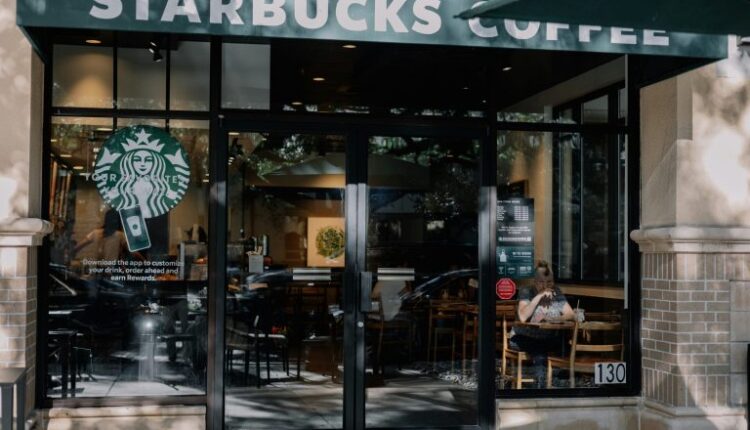Has Starbucks Learned From Its Failures In Australia? – CoffeeTalk
Starbucks has been rejected by Australians for over a decade due to its rapid growth and failure to establish a strong foothold in the country’s independent cafe culture. However, Starbucks’ performance has started to turn around, with steep year-on-year losses stemming and the company breaking into profitability for the first time in the 2023 financial year.
Starbucks Australia CEO Braeden Lord said that the company had to stop chasing the mainstream market, which was predominantly metropolitan city coffee purveyors who enjoyed the neighborhood cafe experience. Instead, Starbucks had to understand the target audience beyond Millennials and Gen Zs, who were the main demographics for the chain. High foot traffic areas frequented by international travelers, Asian tourists, and students have been core to Starbucks’ customer base, but they are no longer the only demographics for whom the chain is resonating.
Pockets of suburban and regional Australia spanning various cultures are embracing the Seattle-born coffee chain, which has grown to more than 80 stores. The opening of Starbucks’ first Western Australia store, in Piara Waters, in October last year, attracted throngs of people and queues for hours. The chain broke international records for Starbucks in terms of transactions, dollar sales, day, week, and month.
While many Australian coffee drinkers might still turn up their nose at Starbucks, others around the country have been happy for the US giant to set up in their town. Before the WA stores opened, Starbucks’ best-performing store was the drive-thru in Mount Druitt, 45 kilometers west of the Sydney CBD. Starbucks’ consistent success can be attributed to convenience, as the company invested in creating an app where 9 per cent of all orders are made after the COVID-19 pandemic eased.
Starbucks has also found a tailwind in the growing demand for iced drinks, driven by Gen Z and aided by the popularity of bubble tea and matcha. More than half of Starbucks’ drinks are cold beverages, while the reverse is true for typical cafes. Seasonal menus and a global audience waiting to jump on the next TikTok-viral drink or secret menu item have helped drive sales.
With COVID in the rearview mirror, Starbucks is leaning back into its reputation as a third space, focusing on hyper-customisable products and a consistent store experience with free Wi-Fi and power outlets that have attracted students, remote workers, tourists, and groups.
Starbucks, the largest coffee chain in Australia, is still expanding its way to success, with 80 stores and counting. The country’s biggest coffee chains are all homegrown, but only get so far. Brisbane-born Coffee Club Australia counts 220 stores in Australia, Gloria Jean’s has about 150, and McDonald’s is arguably the country’s biggest seller of coffee. There are 40 stores in Starbucks’ pipeline. However, some industry figures are not convinced that sticking it out is the same thing as finding long-term success. On the iced drinks frontier, it is facing increasing competition as the broader beverages market shifts to meet demand.
The trend won’t last forever, and younger drinkers, who are not coffee snobs until they get their first jobs and income, are not making lifelong customers. Starbucks might have differentiated itself once for its customisation, but it is losing that edge, surmises Single O chief executive Michael Brabant. “What we’ve seen in the last three years is this explosion in specialty of people going, ‘Let’s take that, but let’s do it at a quality level.’” When visiting Starbucks’ newest Sydney store, in Elizabeth Street, just outside Gadigal Metro station, Brain described the use of floor space as a “disaster”. The outlet, diagonally across the road from another Starbucks store facing Hyde Park less than 100 metres away, is designed for takeaway, not for lingering in. It features just six seats – bench stools that face the window – with the rest of the store space taken up by significant amounts of Starbucks-branded merchandise and a long counter. Digital menus display items in miniscule, hard-to-read font.
Starbucks’ third-space strategy can be a double-edged sword. During the 45-minute visit, only a party of three vacated their table. “Everyone’s just waiting, trying to spend as little as possible, keep their seat as long as they can,” said Brain. Encouraging customer spending of roughly $9 an hour is important, especially for businesses relying on volume. Seating configuration is also important. “They might seat 30 people, but they only seat 15 people at a time because everyone’s coming in and sitting with a computer on their own,” said Brain. “This is really a sustainable business model within the Australian landscape.”
Read More @ The Age
Source: Coffee Talk



